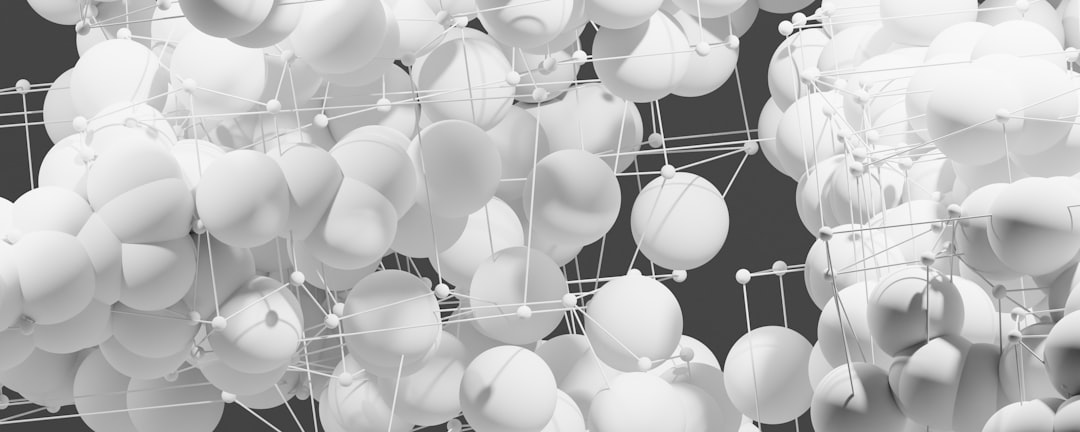What is it about?
Everyone knows that humans most naturally stand on two feet and move forward by placing one feet in front of the other. This stepwise movement can be used in a computer simulation. Pedestrians in the simulation move forward by finding the next position on a step circle around them. In an empirical study, the correlation of step lengths and speed is investigated and used for simulations.
Featured Image
Why is it important?
Other simulations are often based on a grid of cells and pedestrians jumping from cell to cell. The approach presented in this paper does not rely on such a grid and allows for much more natural motion in simulation. Additionally, the representation of individual steps presents a basis for future studies that focus on the effect of stepwise pedestrian movement.
Read the Original
This page is a summary of: Natural discretization of pedestrian movement in continuous space, Physical Review E, October 2012, American Physical Society (APS),
DOI: 10.1103/physreve.86.046108.
You can read the full text:
Contributors
The following have contributed to this page










